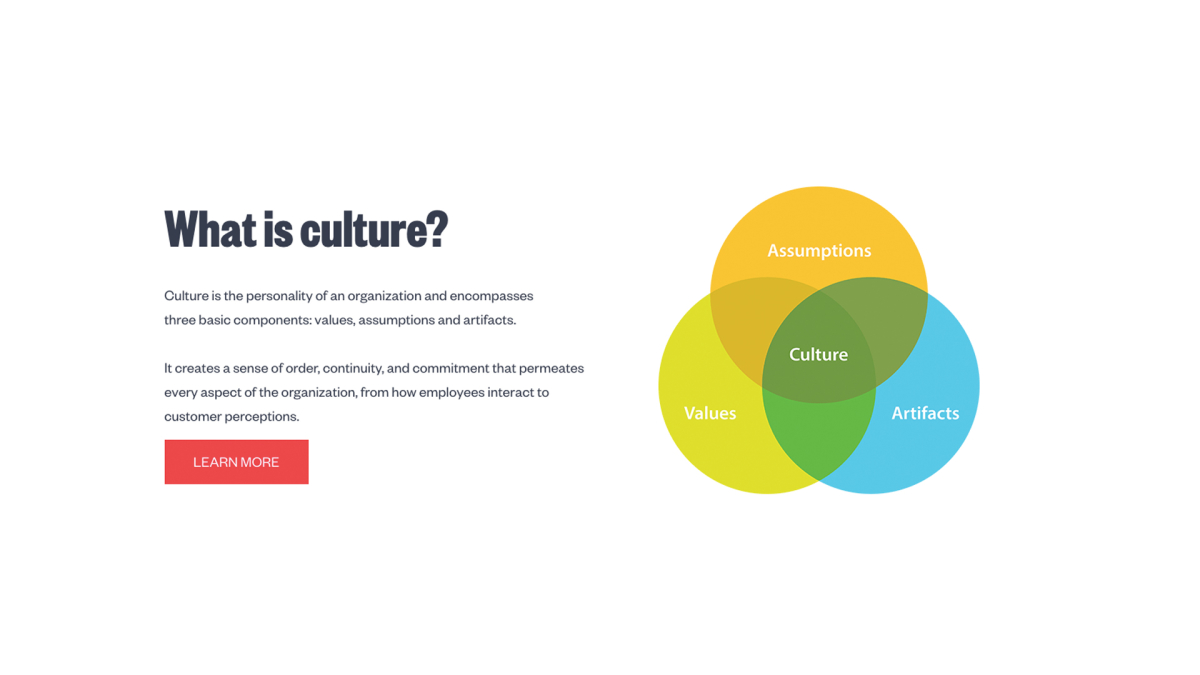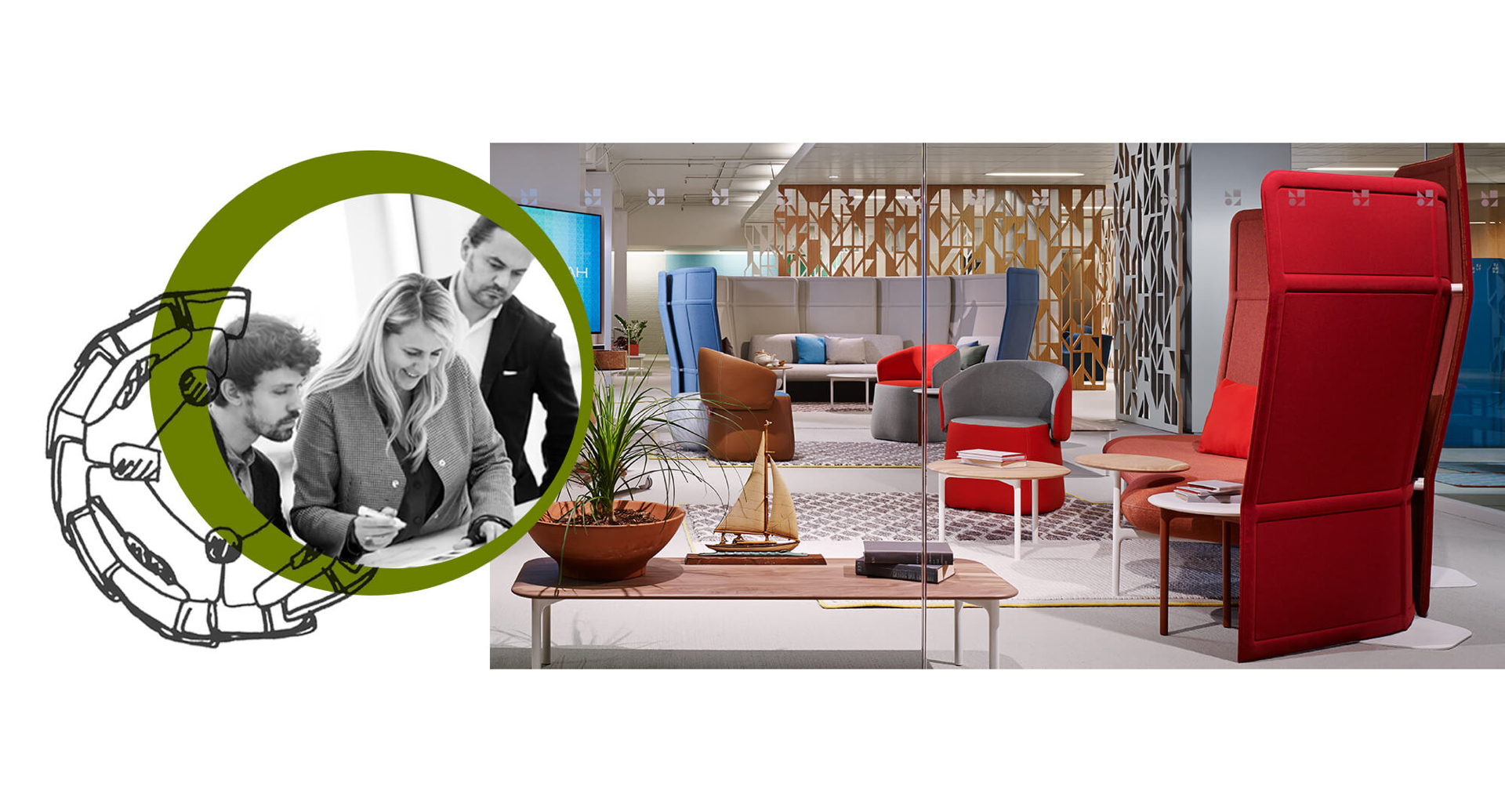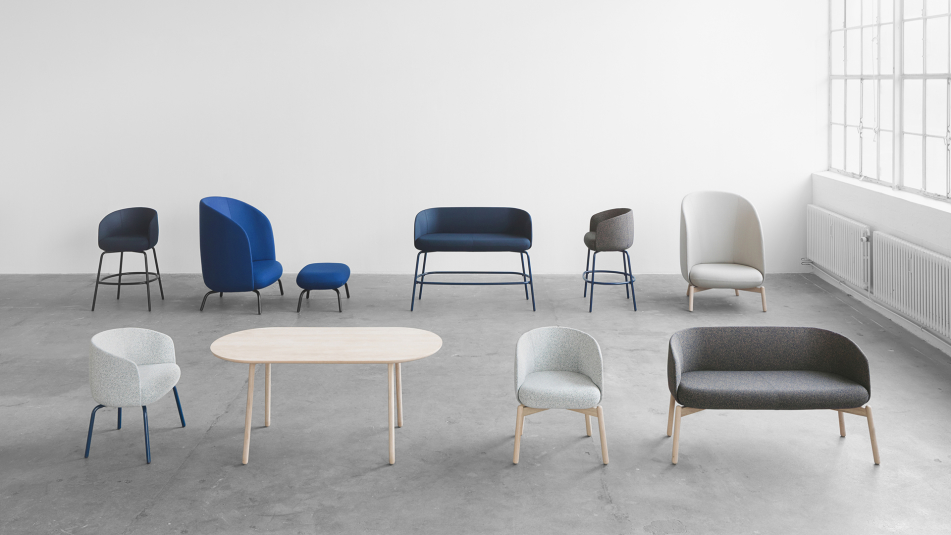When we take a close look at the space where we work, will we feel that it contributes to diversity? Or maybe on the contrary, it will turn out that in our environment it’s difficult to be yourself?
Without paying attention to diversity, creating a culture in modern organisations is simply impossible. HR specialists know this, as do design teams responsible for arranging office space. It’s about well-thought-of building and then making sure that diversity is a value of particular importance within the work environment.
A culture of a given company is an equivalent of its personality. It creates a sense of order, continuity and commitment permeating every aspect of activity, from employees’ interaction to customer perception. It’s worth rememebring that space arrangment is one of its physical representations.

Haworth: What is culture?
American office furniture manufacturer Haworth is a company particulalrly interested in the topic of organisation culture. Their commitment involves various aspects: from research and analysis by the R&D department to… business acquisitions. In recent years Haworth group was joined by such companies as: BuzziSpace and Framery (leaders of acoustic solutions), Pablo (lighting), GAN (floorings) and, last but not least, Cappellini (top-notch design). This is an indication of how holistic designing office space can be. Caring for the employees’ well-being incorporates such diverse aspects (greenery, acoustics, light – biophilic design; technologies; sustainability etc.) that there is a need for specialists, products and solutions from various fields.
Another strategic move on part of Haworth was hiring Patricia Urquiola, a leading contemporary designer. She, with her famous imagination and sensitivity towards trends, carried out a design revolution in the company. Haworth’s offer now includes soft, upholstered furniture, inviting employees to leave their traditional desks as well as cosy, almost home-like arrangments sending a clear signal: let’s make a space for being ourselves, even at work.

No wonder that in briefs for architects and furniture manufacturers there is a often a new direction: remembering about ergonomics, design experiences. Thanks to a change in perspective modern offices don’t look like XIX century production halls anymore, where the only change was replacing machines with computers. Today offices are designed woth such diversity and elasticity that space is adjusting to the needs of the users, not the other way round.



